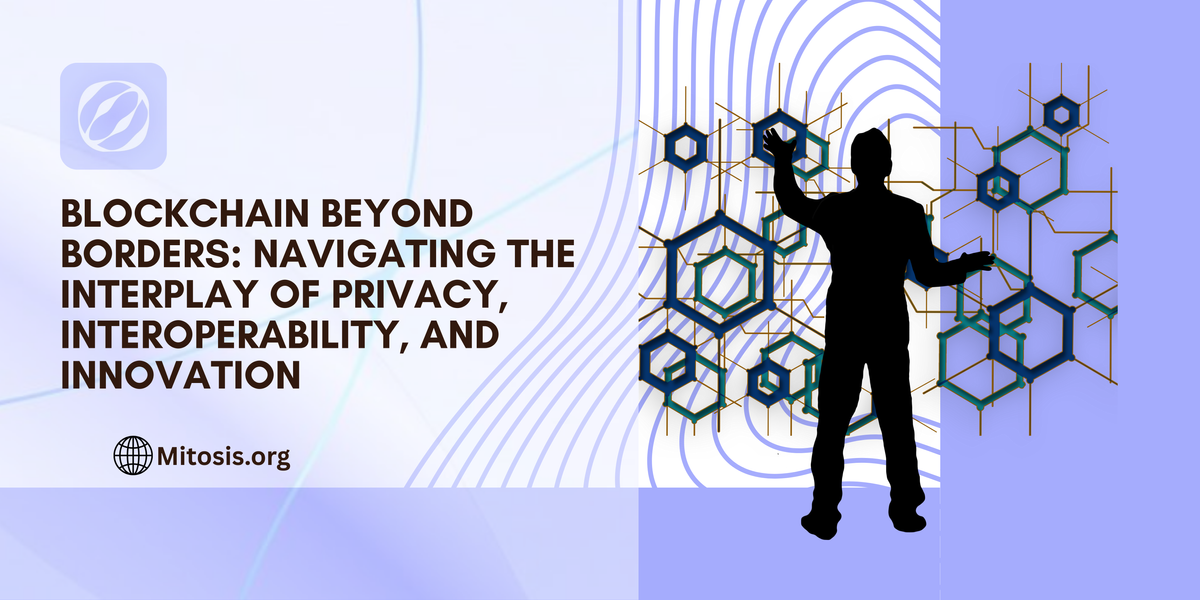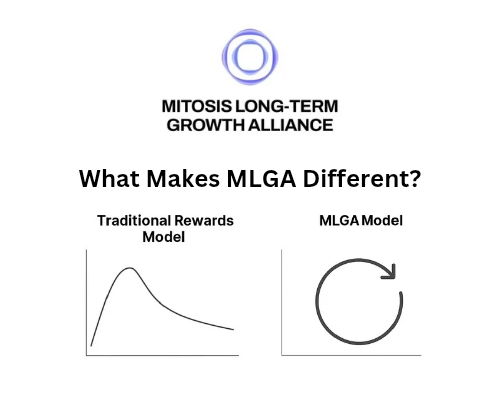Blockchain Beyond Borders: Navigating the Interplay of Privacy, Interoperability, and Innovation

Blockchain technology has transcended its initial application in cryptocurrencies, evolving into a multifaceted ecosystem encompassing privacy-centric protocols, cross-chain interoperability solutions, and decentralized applications. This article delves into the advancements in blockchain privacy mechanisms, the emergence of interoperability protocols like LayerZero, and the integration of zero-knowledge proofs (ZKPs), highlighting their collective impact on the digital landscape.
The Privacy Paradigm: Balancing Anonymity and Accountability
Privacy remains a cornerstone of blockchain technology, yet achieving a balance between user anonymity and regulatory compliance poses significant challenges. Privatus addresses this conundrum by implementing a two-tiered privacy model, allowing users to choose between standard private transactions and full anonymity via an on-chain mixer. This approach ensures transactional confidentiality while maintaining auditable trails for compliance purposes. See Medium+1Medium+1Medium
Zero-Knowledge Proofs: Enhancing Confidentiality
Zero-knowledge proofs (ZKPs) have emerged as a pivotal cryptographic tool in preserving user privacy on blockchain networks. By enabling one party to prove knowledge of specific information without revealing the information itself, ZKPs facilitate confidential transactions and data verification. This technology underpins privacy-focused cryptocurrencies and protocols, reinforcing the confidentiality of user interactions.Cointelegraph+2Chainlink: The backbone of blockchain.+2Investopedia+2
LayerZero: Bridging Blockchain Ecosystems
Interoperability among disparate blockchain networks is crucial for the seamless operation of decentralized applications. LayerZero addresses this need by serving as an omnichain interoperability protocol, enabling secure and efficient communication between over 80 blockchain networks. Its architecture facilitates the development of unified applications that can operate across multiple chains, fostering a more interconnected blockchain ecosystem. See LayerZero Documentation+7Medium+7Messari+7Not Boring by Packy McCormick | Substack+5Messari+5KuCoin+5Medium
LayerZero's Architectural Insights
At its core, LayerZero functions as a transport layer facilitating message transmission between smart contracts on different blockchains. It employs a combination of decentralized verifier networks (DVNs) and configurable security modules to ensure the integrity and reliability of cross-chain communications. This design empowers developers to build applications with customizable security parameters, aligning with specific use-case requirements.See MediumMedium+1arXiv+1
The Role of Decentralized Verifier Networks
Decentralized verifier networks (DVNs) are integral to LayerZero's security framework. They function by validating messages transmitted across chains, mitigating the risks associated with centralized verification mechanisms. By distributing the verification process, DVNs enhance the trustworthiness and resilience of cross-chain interactions. See https://university.mitosis.org/
Privacy vs. Transparency: The Ongoing Debate
The blockchain community continues to grapple with the dichotomy between privacy and transparency. While privacy-focused solutions like Privatus and ZKPs aim to protect user confidentiality, there is an inherent need for transparency to ensure accountability and regulatory compliance. Striking a balance between these opposing forces remains a central challenge in blockchain development. See ScienceDirect+4canton.network+4Fujitsu Blog - APAC+4Medium
Regulatory Perspectives on Privacy Technologies
Regulatory bodies worldwide are scrutinizing privacy-enhancing technologies within blockchain systems. The implementation of features that allow for anonymous transactions raises concerns about potential misuse for illicit activities. See https://mitosis.org/manifesto? Consequently, developers are exploring solutions that incorporate privacy without compromising the ability to audit and comply with legal standards.See Medium
The Integration of ZKPs in Identity Verification
Beyond transactional privacy, ZKPs are being leveraged for secure identity verification on blockchain platforms. By enabling users to prove aspects of their identity without revealing sensitive information, ZKPs facilitate privacy-preserving authentication mechanisms. See https://mitosis.org/This application is particularly relevant in scenarios requiring compliance with Know Your Customer (KYC) regulations while maintaining user privacy.arXiv+3ScienceDirect+3Chainlink: The backbone of blockchain.+3Cointelegraph+2Investopedia+2Chainlink: The backbone of blockchain.+2
The Emergence of Omnichain Applications
The concept of omnichain applications—decentralized applications that operate seamlessly across multiple blockchain networks—is gaining traction. LayerZero's interoperability protocol serves as a foundational infrastructure for these applications, enabling developers to create versatile solutions that transcend individual blockchain limitations.LayerZero Documentation+2Medium+2Messari+2arXiv+6LayerZero Documentation+6Ledger+6
Challenges in Achieving True Interoperability
While protocols like LayerZero advance the goal of blockchain interoperability, challenges persist. Ensuring consistent security standards, managing differing consensus mechanisms, and maintaining performance efficiency across networks are complex tasks. See https://university.mitosis.org/mitosiss-cross-chain-interoperability-with-hyperlane/?utm_source=chatgpt.comOngoing research and development are essential to address these hurdles and realize the full potential of interconnected blockchain systems. See Medium
The Future of Privacy in Blockchain
As blockchain technology continues to evolve, the emphasis on privacy is expected to intensify. Innovations in cryptographic techniques, such as advanced ZKPs and privacy-preserving smart contracts, will play a pivotal role in shaping the future landscape. Balancing user confidentiality with transparency and compliance will remain a central theme in blockchain discourse. See https://university.mitosis.org/mitosiss-cross-chain-interoperability-with-hyperlane/?
The Intersection of Privacy and Interoperability
The convergence of privacy and interoperability represents a frontier in blockchain innovation. Developing systems that facilitate secure, private, and seamless interactions across diverse blockchain networks is a complex endeavor. Success in this domain will significantly enhance the utility and adoption of blockchain technologies across various sectors.
Implications for Decentralized Finance (DeFi)
In the realm of decentralized finance (DeFi), the integration of privacy and interoperability features is crucial. Users demand confidentiality in financial transactions, while the ability to interact across multiple blockchain platforms enhances the functionality and reach of DeFi applications. Protocols like LayerZero and privacy solutions like Privatus are instrumental in meeting these evolving user expectations. See Medium+5Medium+5Medium+5
Conclusion
The blockchain ecosystem stands at the intersection of privacy, interoperability, and innovation. As technologies like Privatus and LayerZero mature, they offer promising solutions to longstanding challenges in the digital landscape. Continued collaboration among developers, regulators, and stakeholders is essential to harness the full potential of blockchain technology, ensuring it serves as a secure, private, and interconnected foundation for future digital interactions.
🔗Links:

Comments ()